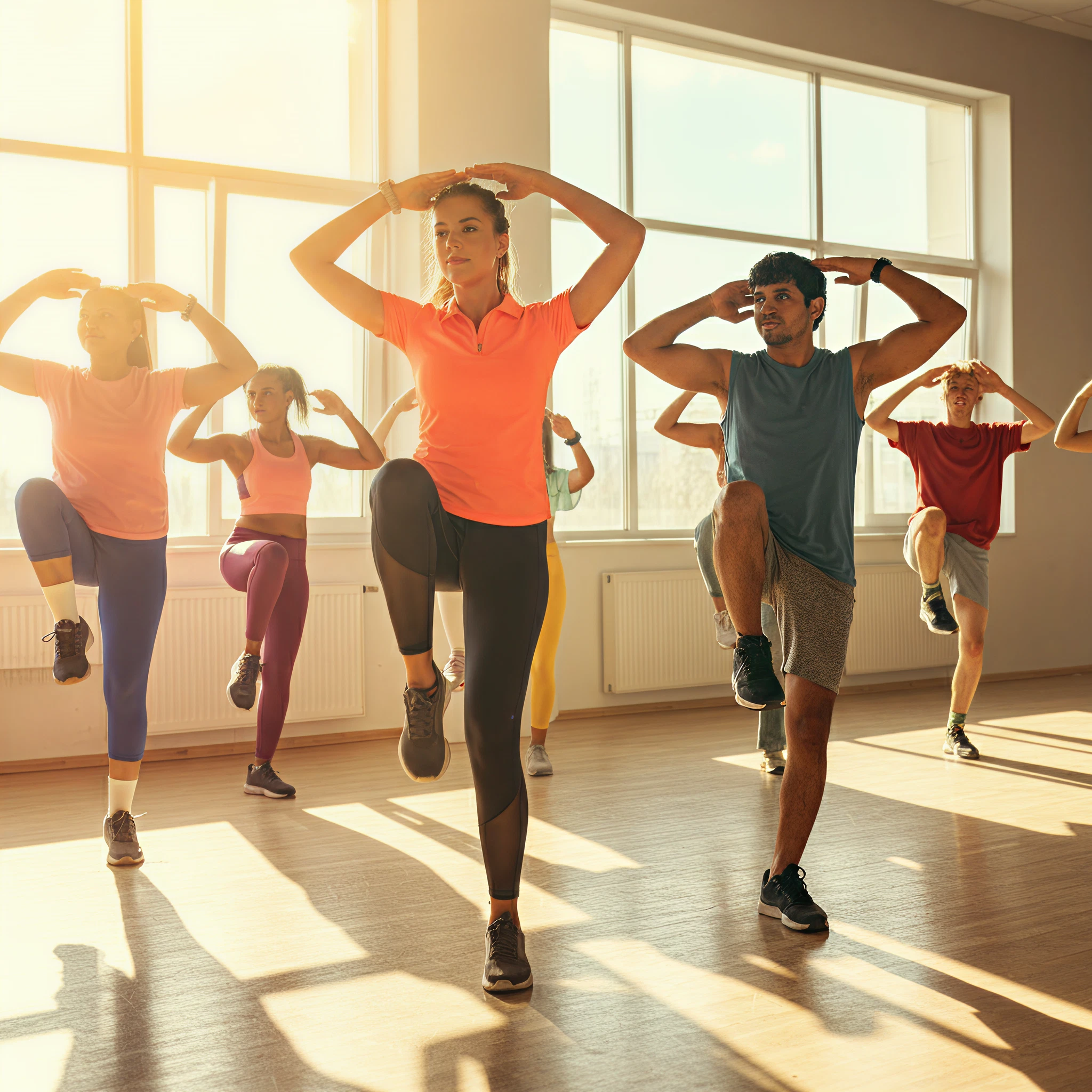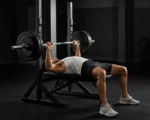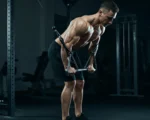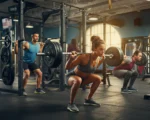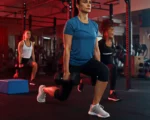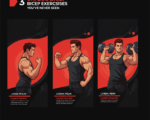Warming up is an essential ritual for athletes. Whether you’re gearing up for a marathon, an intense weightlifting session, or even a casual sports game, warming up is the foundation of better performance and injury prevention. Skipping this crucial step means your body is unprepared for the demands of physical exertion, which could lead to subpar results or, worse, setbacks in your fitness journey.
This article dives into the importance of warmups and provides clear techniques to help you build an optimal warmup routine for peak performance.
Why Warmups Matter
Think of your body as a high-performance car. You wouldn’t hit the road at top speed without properly starting the engine. Similarly, a warmup «starts» your body by increasing your heart rate, boosting blood circulation to your muscles, and slightly elevating your body temperature. All of this ensures your muscles and joints are ready for action.
Benefits of a Proper Warmup:
- Improved Performance: Dynamic warmups have been shown to enhance muscle efficiency and reaction time.
- Reduced Risk of Injury: Preparing your muscles and joints lowers the likelihood of strains and sprains.
- Better Coordination: Activating specific muscle groups primes your body for optimal movement patterns, improving agility and control during exercises.
Warmups are particularly vital during cold weather when muscles are less pliable, and the risk of injuries rises.
Warmup Techniques Every Athlete Should Know
While there are countless ways to warm up, the most effective routines are dynamic warmups. These involve active movements that mimic the exercise you’re about to perform, gradually preparing your body for intensity. Below are three key exercises you can incorporate into your warmup routine:
1. Arm Circles
- Why it works: Arm circles are excellent for activating your shoulders and upper body, improving mobility and blood flow to your arms.
- How to do it:
- Extend your arms out to your sides, forming a T-shape.
- Make small forward circles with your arms, gradually increasing the size.
- Reverse the motion, making circles backward.
- Perform for 30 seconds in each direction.
2. Leg Swings
- Why it works: Leg swings dynamically stretch your hip flexors and hamstrings, key muscle groups for activities like running, jumping, or squatting.
- How to do it:
- Stand next to a wall or solid support for balance.
- Swing one leg forward and backward in a controlled motion.
- Gradually increase your range of motion with each swing.
- Perform 10–15 swings per leg.
3. Torso Twists
- Why it works: This exercise increases core mobility and activates your oblique muscles, which play a crucial role in overall stability and rotation-based movements.
- How to do it:
- Stand with your feet shoulder-width apart.
- Place your hands on your hips or extend your arms out to the sides.
- Twist your torso to the left and then to the right in a controlled motion.
- Perform 15–20 repetitions, focusing on smooth movement.
By incorporating these exercises into your routine, you’ll amplify your body’s readiness for the activity ahead, be it heavy lifts, sprints, or complex athletic maneuvers.
Building an Optimal Warmup Routine
A proper warmup doesn’t have to be long or complicated. Tailor your routine to match your activity level, workout type, and personal needs. Here’s how to structure your warmup:
- Start with Light Cardio (2–5 minutes): Choose low-intensity activities like jogging, brisk walking, or jumping jacks to elevate your heart rate.
- Activate Key Muscle Groups (3–5 minutes): Focus on dynamic movements like the exercises above that target the muscles you’ll use during your workout.
- Gradually Increase Intensity (Optional): Incorporate sport-specific or workout-specific drills, such as light kicks for martial arts or bodyweight squats before weightlifting.
Adjust for Temperature
If it’s cold outside, spend a bit more time warming up. Cold muscles require extra preparation to avoid stiffness and injury. Conversely, warm weather allows you to transition into your workout more quickly.
Beyond the Warmup
Don’t forget the importance of following up your workout with a proper cool-down and stretching routine. While stretching isn’t a substitute for a warmup, it’s an essential part of post-exercise recovery, helping your muscles relax and return to their resting state.
Take Your Warmup Routine to the Next Level
Whether you’re an experienced athlete or just starting out, a structured warmup prepares your body and mind to perform at your full potential. With techniques like arm circles, leg swings, and torso twists, you’ll equip yourself with tools to not only prevent injuries but also gain a competitive edge.
Ultimately, it’s about consistency. Make warming up a non-negotiable part of your routine, and you’ll notice improvements not just on the field or in the gym but also in how your body feels day-to-day.
Pro Tip: Looking for more curated warmup routines? Explore guides like Darebee’s Universal Warmup Workout for inspiration tailored to athletes of all levels.
Stay disciplined, stay prepared, and elevate your performance.
